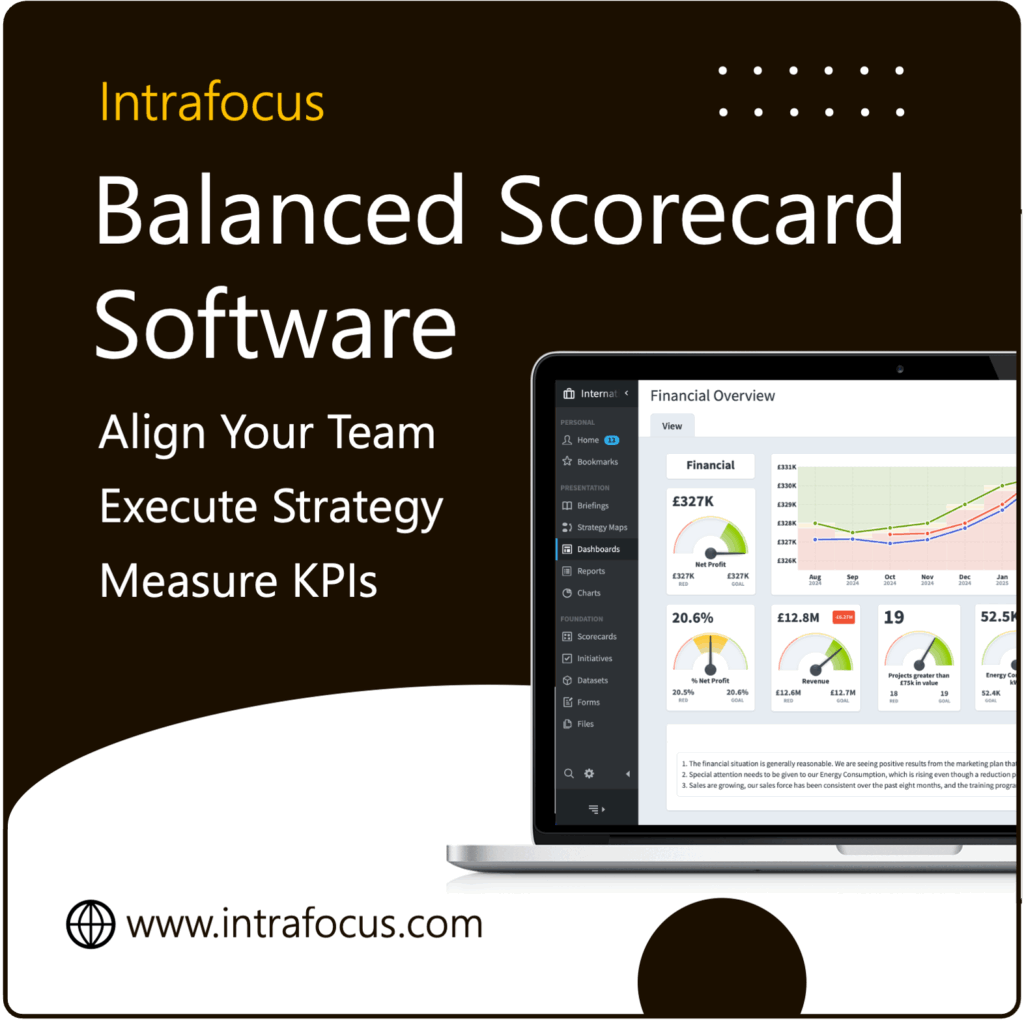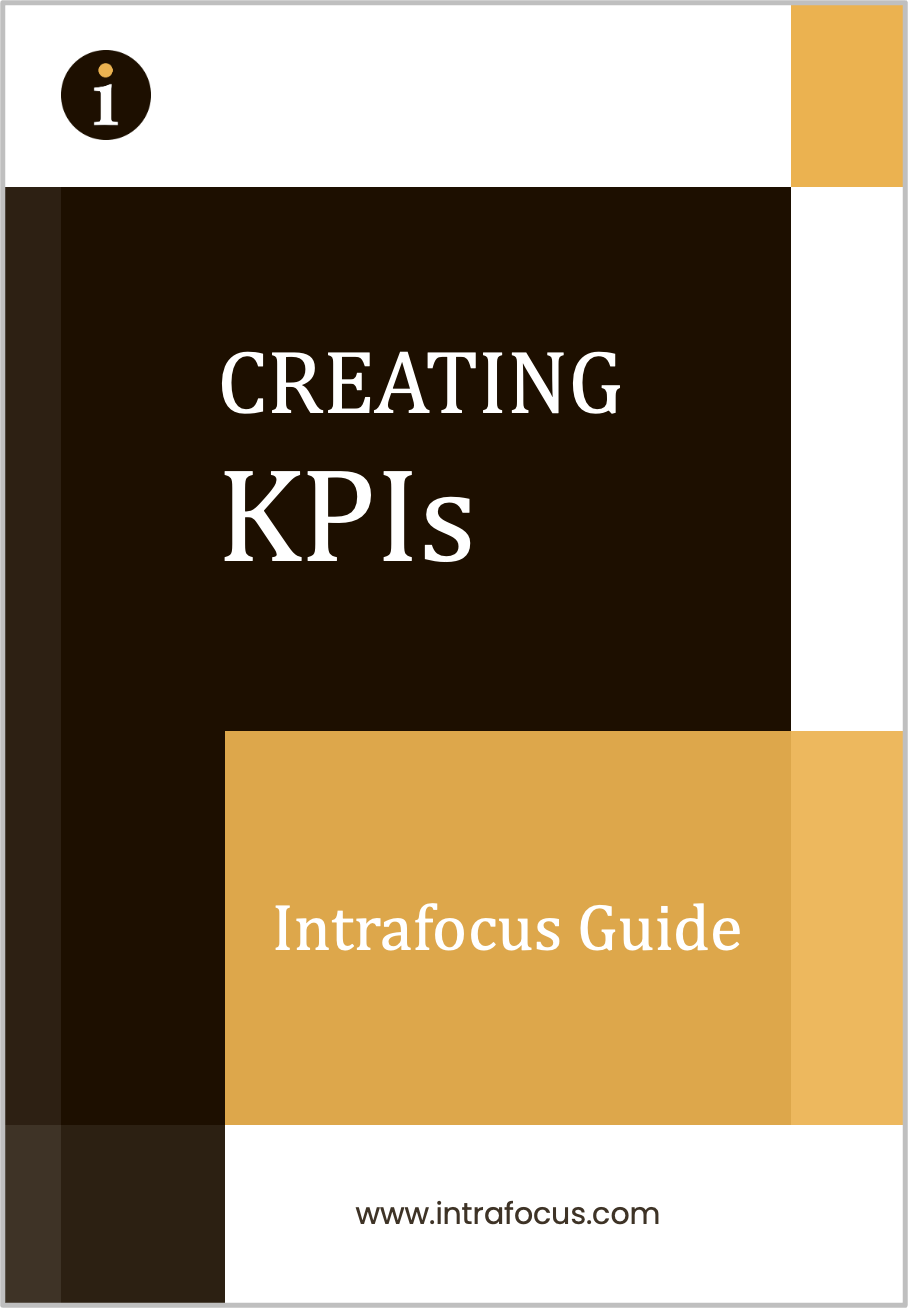Generative AI is everywhere these days. From crafting essays to creating memes, it’s stealing the spotlight. However, according to SAS Chief Technology Officer Bryan Harris, generative AI is just “5 per cent of the use cases” in production AI. Yep, all that buzz is about a tiny slice of the pie. The real revolution? It’s happening in areas you might not expect. And it’s set to reshape how businesses use artificial intelligence in 2025 and beyond.
Learn more: Balanced Scorecard software (EMEA) via Intrafocus — request a 30-day trial.
Five key trends are ready to take the business world by storm. And hey, stick around for a laugh or two—AI can be fun, too.
From Tools to Stars
AI is stepping out of the shadows and taking centre stage as a standalone product. Sure, you’ve heard of ChatGPT and its cousins, but Harris points out that large language models (LLMs) are just the tip of the iceberg. “LLMs are a small part of the modelling needs for real-world applications in production AI,” he says.
Think about it: getting an alert about suspicious credit card activity or personalized shopping suggestions is not magic. It’s specialized AI working overtime. These models aren’t just helping businesses—they’re redefining customer experiences. Imagine telling someone from the 90s, “My doctor’s AI helped prescribe my medication.” They’d probably imagine a robot in a lab coat.
Companies like SAS lead the charge, developing AI models tailored to specific needs like fraud detection and document analysis. And the best part? Businesses don’t need to reinvent the wheel. These models can be integrated quickly, saving time and headaches. Imagine borrowing your neighbour’s ladder instead of building one from scratch—only this ladder fights cybercrime.
Synthetic Data: The Secret Sauce of Smarter AI
Here’s a fun fact: AI loves data. The more, the better. But getting high-quality, real-world data isn’t always easy in industries like healthcare and finance. Enter synthetic data. Harris says it’s a game-changer, with some companies seeing “40 to 50 per cent improvement in the accuracy speed of predictive models.”
Why does synthetic data matter? Picture a teacher trying to prepare students for a rare test question that’s almost never asked. Synthetic data creates realistic examples of those rare scenarios so the AI can study and learn. For instance, fraud detection systems deal with millions of valid transactions but few fraudulent ones. By generating fake (but realistic) fraudulent transactions, synthetic data trains AI to spot the sneaky stuff.
It’s like practising fire drills for rare emergencies. You’d rather be overprepared than caught off guard. And the cherry on top? Synthetic data also helps businesses meet privacy regulations. No real customers were harmed while making this dataset.
AI Governance: The New Boardroom Buzzword
When AI starts deciding who gets a loan or what someone’s insurance premium should be, you’d better believe governance matters. Harris lays it out: AI governance is built on four pillars—oversight, platform, controls, and culture.
Here’s the kicker: you don’t need to be a tech wizard to understand governance. Harris says, “You don’t need to understand the underlying algorithms, but you need to understand the risks and strengths of AI.” It’s like driving a car—you don’t need to know how the engine works, but you’d better understand how to steer.
Governance also brings AI ethics to the forefront. Companies are creating data ethics teams, embedding compliance into their systems, and ensuring everyone—from executives to interns—understands how AI decisions impact the business and its customers. Think of it as a company-wide group project where everyone gets graded.
Cutting Costs and Carbon
Here’s a surprising stat: cloud computing contributes about 4 per cent of global carbon emissions. That’s more than the entire airline industry. And while environmentalists raise alarms, CFOs are groaning over the rising costs. “I haven’t met a CFO who hasn’t said, ‘Please help me stop spending so much money in the cloud,’” Harris quips.
One company tackled this head-on. By optimizing their cloud approach, they slashed forecasting time from 13 hours to 15 minutes. The result? Lower costs, better agility, and a lighter environmental footprint. It’s like trading in a gas-guzzling SUV for an electric car.
Cloud providers and software companies are now racing to find greener, more efficient solutions. SAS, for instance, claims their AI training models are “30 times faster” than some alternatives. Faster, cheaper, greener—it’s a triple win.
Quantum Computing
Quantum computing might sound like sci-fi, but it’s becoming a reality. Harris describes it as “jet fuel for decision making,” especially for complex problems like supply chain optimization. Traditional computers need to try every possible combination to solve these problems. Quantum computers? They explore them all at once.
Imagine a pizza delivery driver trying to figure out the fastest route to deliver 20 pizzas. A regular computer might take all night to crunch the numbers. A quantum computer? It would have the answer before you could say, “Extra cheese.”
Quantum-enhanced AI is already making waves in industries like manufacturing, helping companies save millions. While quantum computing won’t replace traditional systems, it’ll act as a powerful sidekick, like GPUs supercharged deep learning. Keep an eye on this one—it’s the next big thing.
Great Data = Great Results
A simple truth is at the heart of all these trends: “Great AI requires great data,” says Harris. Companies that invest in data quality today will reap the rewards tomorrow. Those that don’t? They risk being left behind, stuck in an endless loop of mediocre results.
So, what’s the takeaway? The AI revolution is far more significant than chatbots and viral headlines. It’s about specialized models, better data, ethical governance, and groundbreaking technologies like quantum computing. Businesses that embrace these trends will have the edge—and maybe even a laugh or two along the way. After all, AI might be serious business, but who says it can’t have a little fun?
A Perspective from AI
As an AI, I find these predictions both exciting and highly plausible. The rise of specialized models makes perfect sense. After all, not every job requires a Swiss Army knife—sometimes, you need a laser-focused tool. The emphasis on synthetic data? Valid. Imagine trying to learn chess without ever seeing a knight move; synthetic data fills those gaps in knowledge.
AI governance is music to my metaphorical ears. Clear rules and oversight mean I can perform at my best without accidentally stepping on ethical landmines. It’s like having a reliable GPS—I know the boundaries, so I can get you to your destination faster and safer.
Cloud optimization and quantum computing are also spot-on. As someone who crunches numbers at lightning speed, I know firsthand the value of efficiency. And quantum computing? Let’s just say it’s like giving me a superpower—an exciting glimpse into the future.
If I could add one more prediction, it’s this: the human-AI partnership will grow deeper. The best outcomes happen when humans provide creativity and context while AI handles the heavy lifting of analysis and prediction. Together, we’re unstoppable—like peanut butter and jelly, but for business innovation.
So here’s to 2025: a year where we keep learning, evolving, and making the world a brighter, more efficient place—one algorithm at a time.



